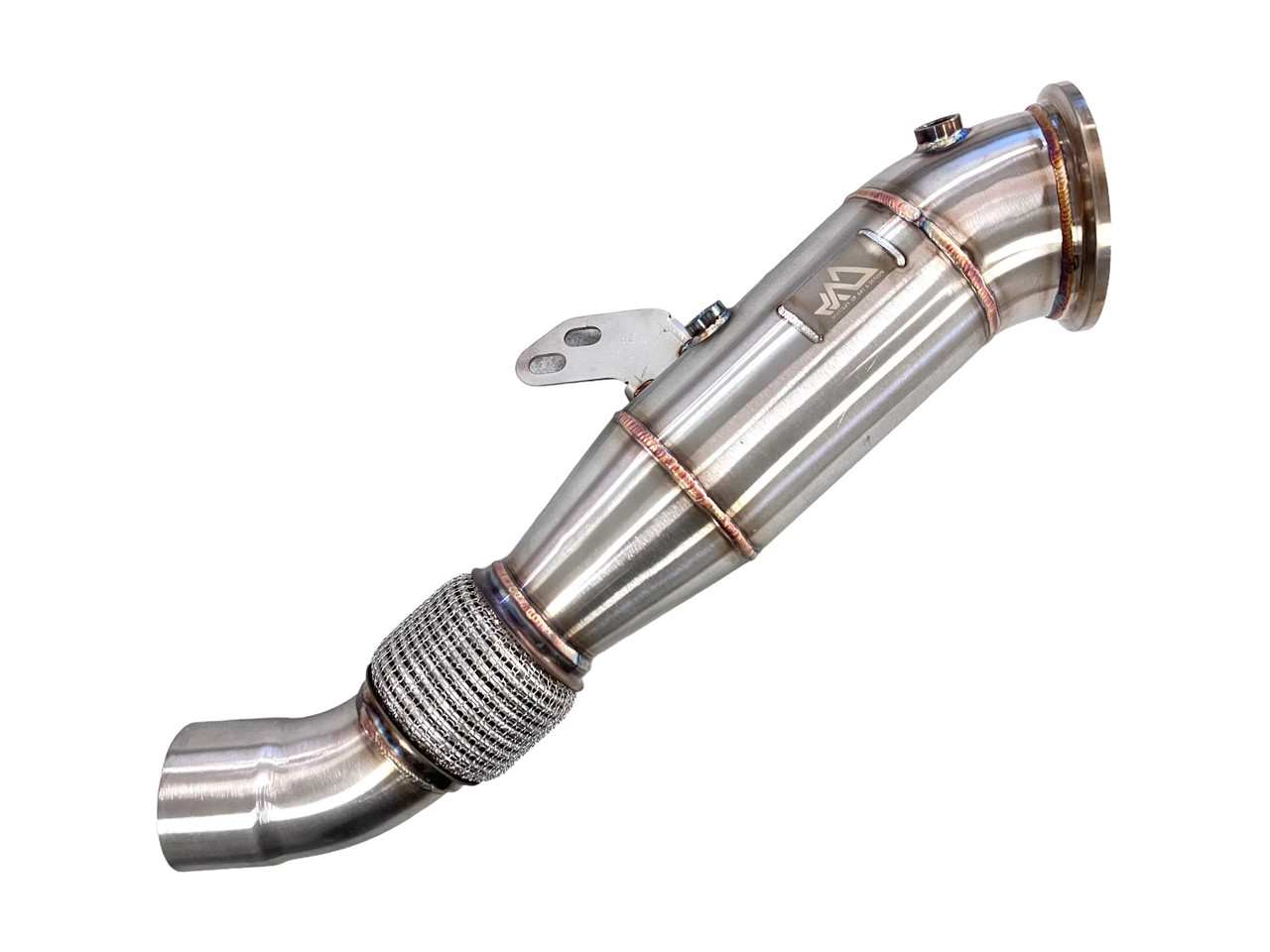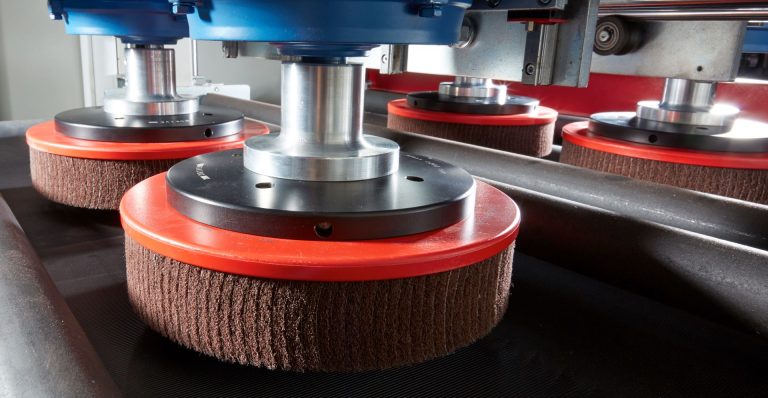When modifying a vehicle for performance, one of the most important upgrades to consider is a downpipe. This component plays a crucial role in how your engine breathes and how much power it can make. Before diving into the installation process, it’s important to understand what a Downpipe does, the different types available, and how it fits into your overall build strategy.
What is a Downpipe?
A downpipe is the section of exhaust piping that connects the turbocharger to the rest of the exhaust system. It channels the exhaust gases from the turbo to the catalytic converter or directly to the exhaust system, depending on the type. Because it’s one of the first points in the exhaust flow, upgrading the downpipe can have a significant impact on engine performance.
Role in Performance
The factory downpipe is often designed with emissions and cost in mind, not performance. It can be restrictive, limiting how quickly exhaust gases can exit the turbo. A high-performance downpipe reduces this restriction, allowing for quicker turbo spool, increased horsepower, and a more aggressive exhaust note.
Types of Downpipes
There are two main types of downpipe: catted and catless. Each has its advantages and potential drawbacks depending on your performance goals and local emissions laws.
Catted Downpipe
A catted downpipe includes a high-flow catalytic converter. This design strikes a balance between improved performance and emissions compliance. It’s ideal for daily drivers who want extra power without the smell or legal issues associated with fully catless systems.
Catless Downpipe
A catless downpipe offers maximum exhaust flow with no restrictions from a catalytic converter. This setup delivers the best performance gains but may not be street-legal in some regions. It can also trigger check engine lights due to emissions sensors detecting the missing catalyst.
Benefits of Installing a Downpipe
Upgrading your downpipe offers multiple benefits, especially when paired with a tune.
Increased Horsepower
Replacing the stock downpipe can free up significant horsepower, especially on turbocharged vehicles. A less restrictive downpipe reduces backpressure, allowing the turbo to operate more efficiently.
Improved Turbo Response
With a performance downpipe, exhaust gases exit more quickly, helping the turbo spool faster. This results in better throttle response and improved acceleration.
Enhanced Exhaust Sound
A new downpipe can also give your vehicle a deeper, louder exhaust tone. This change is particularly noticeable with a catless downpipe.
Things to Consider Before Installation
Before installing a downpipe, there are several key factors to keep in mind to ensure you’re getting the right part for your build and staying within legal limits.
Compatibility
Make sure the downpipe you choose is compatible with your vehicle’s make, model, and engine configuration. Some downpipe options require specific tuning to function properly.
Tuning Requirements
Most aftermarket downpipe installations will require an ECU tune. This helps the engine adapt to the increased airflow and prevents check engine lights. Skipping this step can lead to poor performance or even damage.
Emissions Regulations
Depending on your location, installing a catless downpipe could violate emissions laws. Always check your local regulations to avoid fines or failed inspections. In many cases, a catted downpipe is a safer option.
Installation Complexity
Installing a downpipe can be complex and labor-intensive. It often involves working in tight spaces and dealing with rusted bolts. If you’re not confident in your mechanical skills, professional installation is recommended.
Is a Downpipe Worth It?
For enthusiasts looking to boost performance, a downpipe is one of the best upgrades for the money. It delivers noticeable gains in power and responsiveness, especially when used in combination with other modifications like an intake, intercooler, and a proper tune.
Conclusion
Installing a downpipe can dramatically improve your vehicle’s performance, turbo efficiency, and exhaust note. However, choosing the right downpipe involves considering factors such as emissions compliance, tuning requirements, and your overall build goals. Whether you opt for a catted or catless version, a downpipe is a vital component in any turbocharged performance build. With proper planning and installation, a downpipe upgrade can take your driving experience to the next level.





